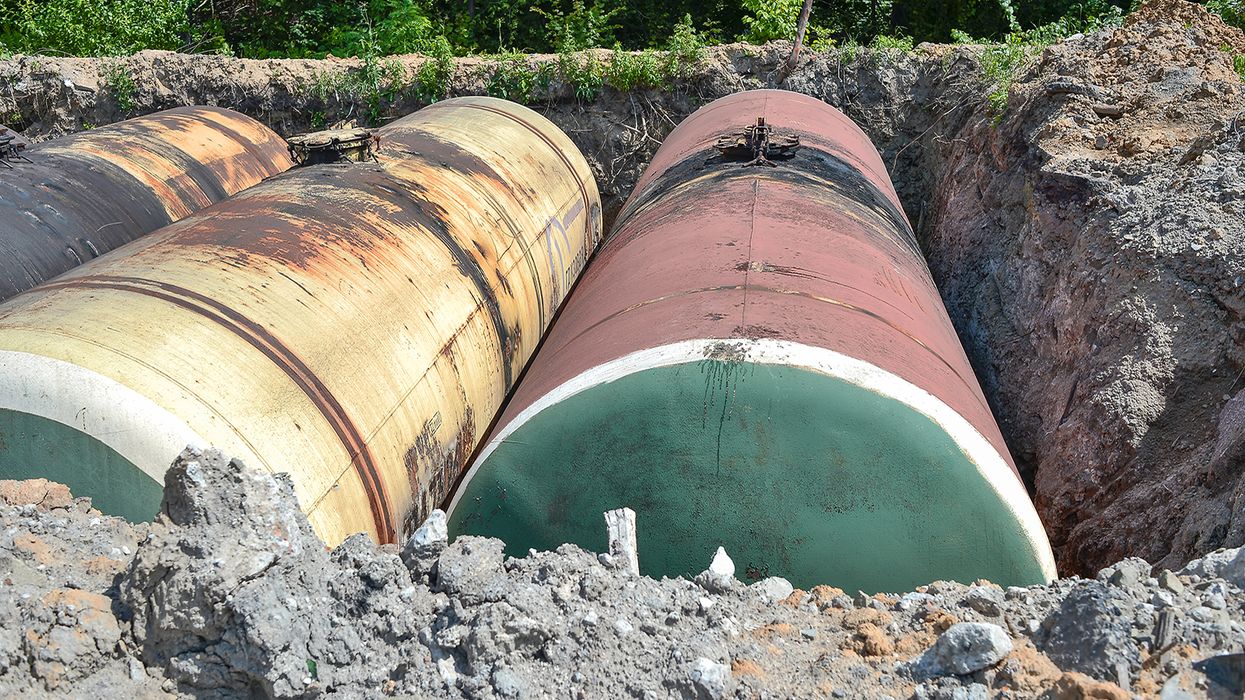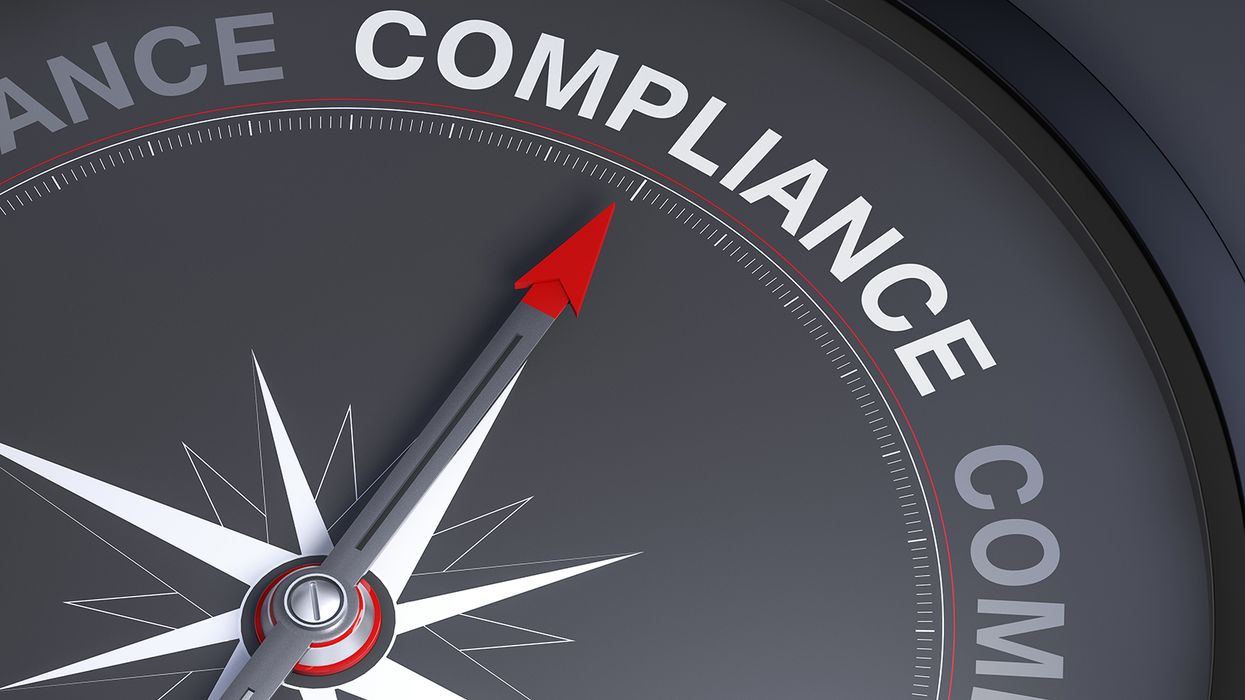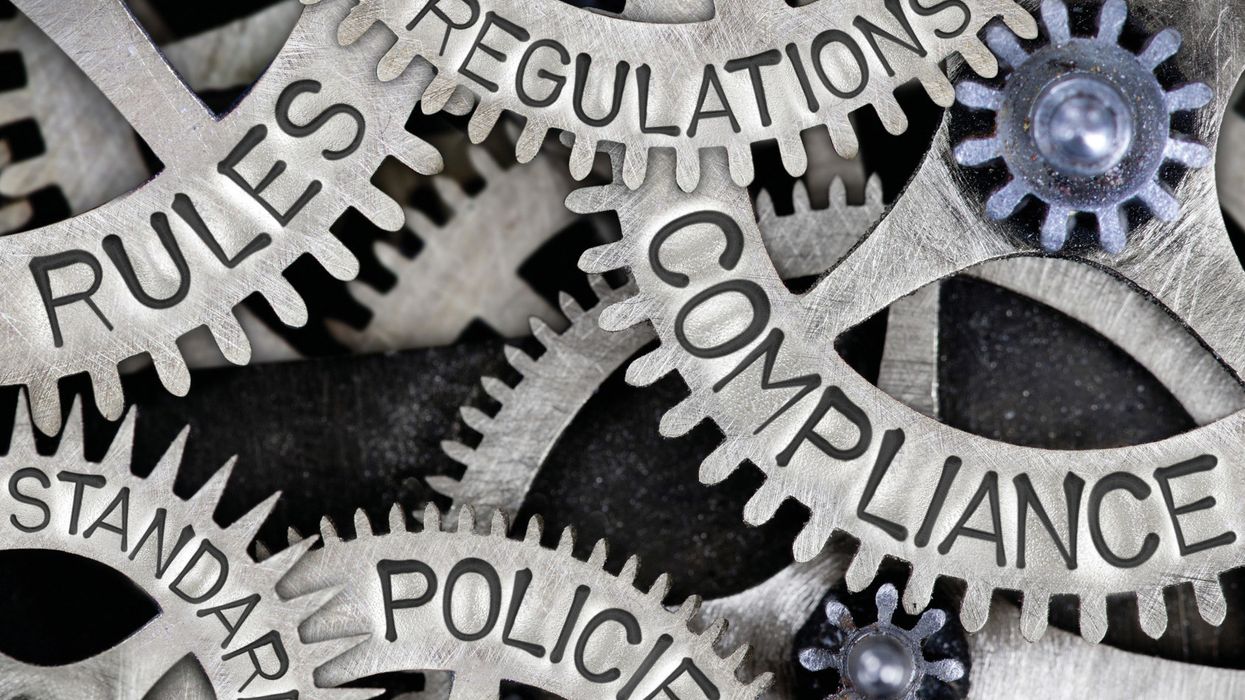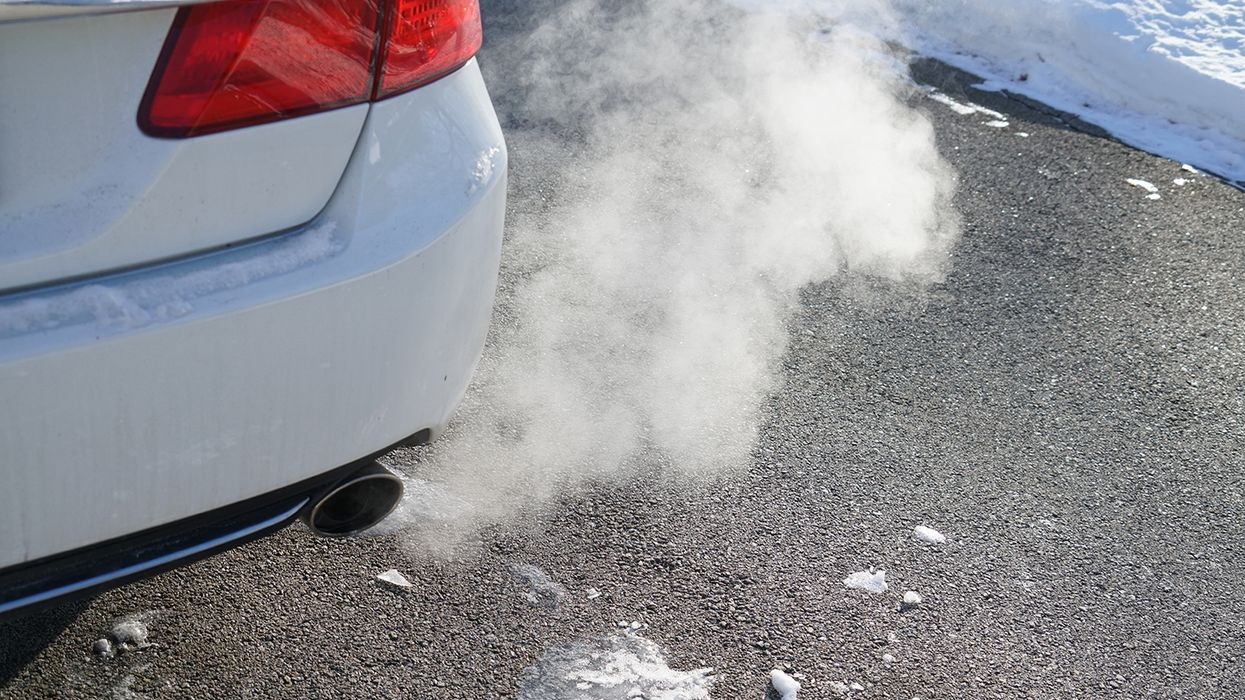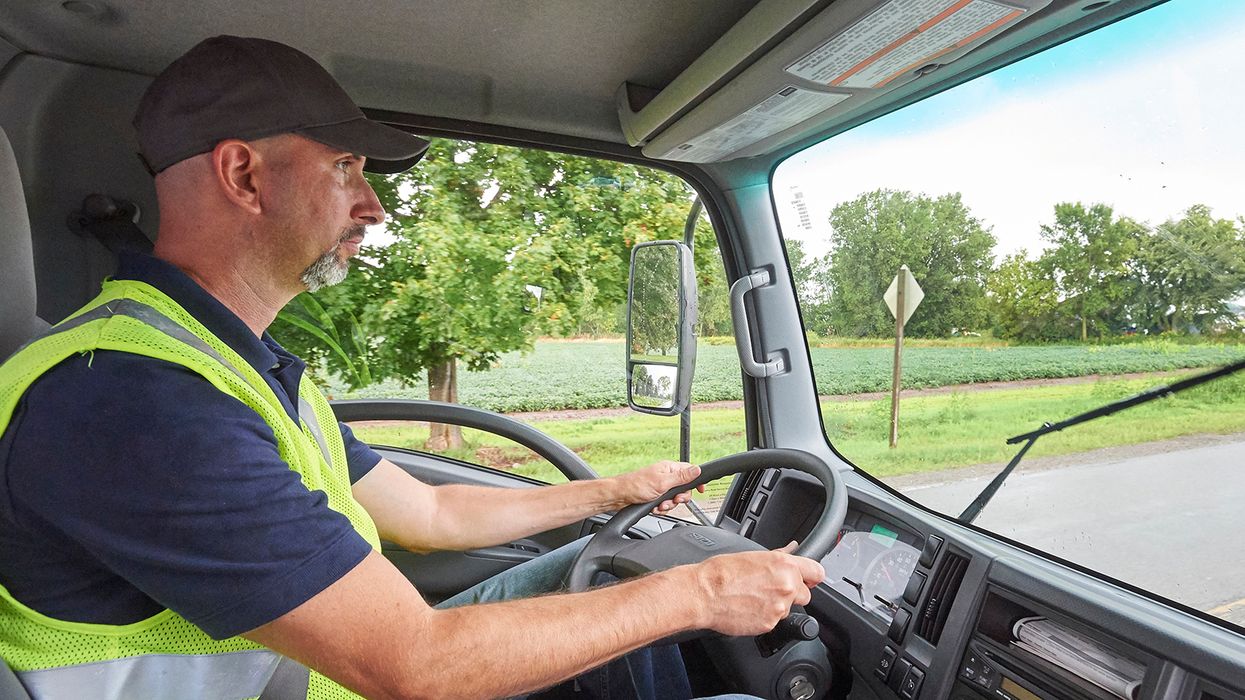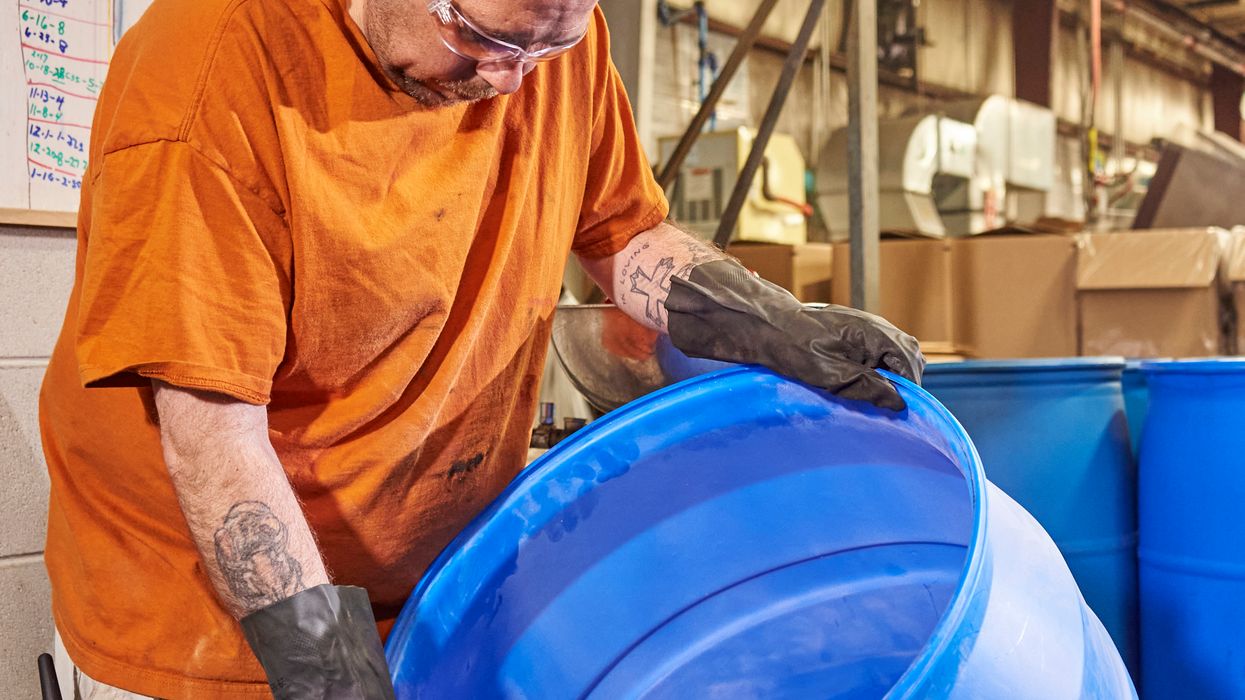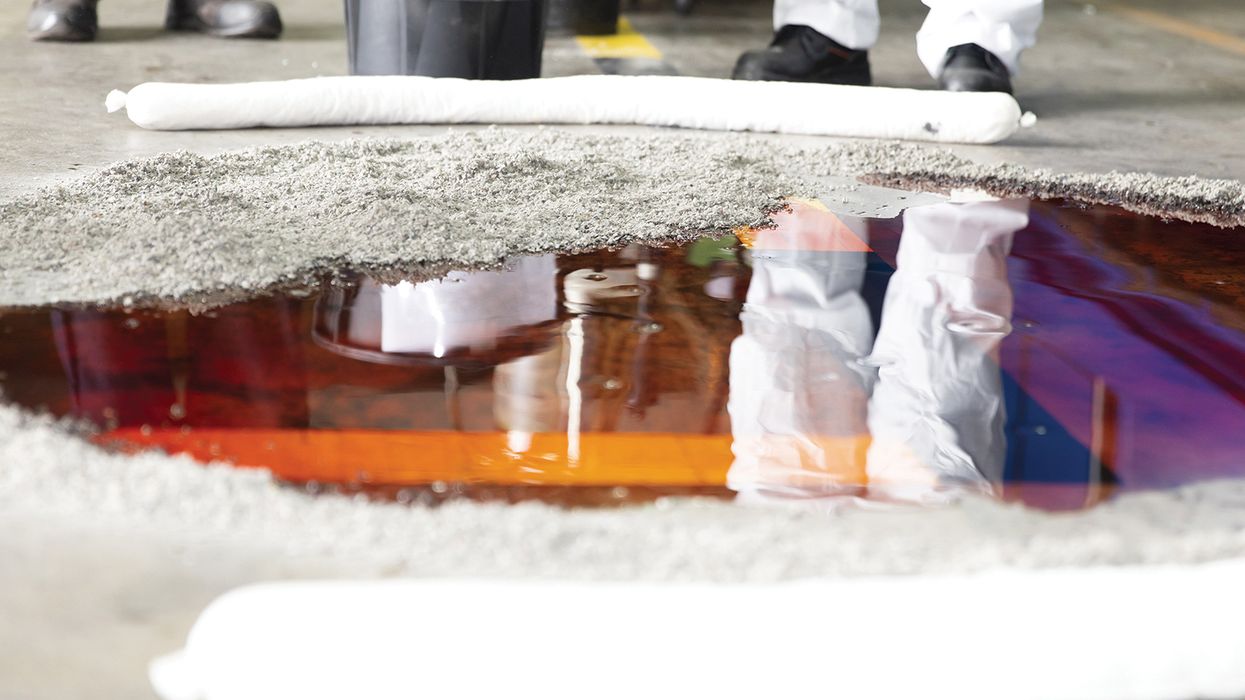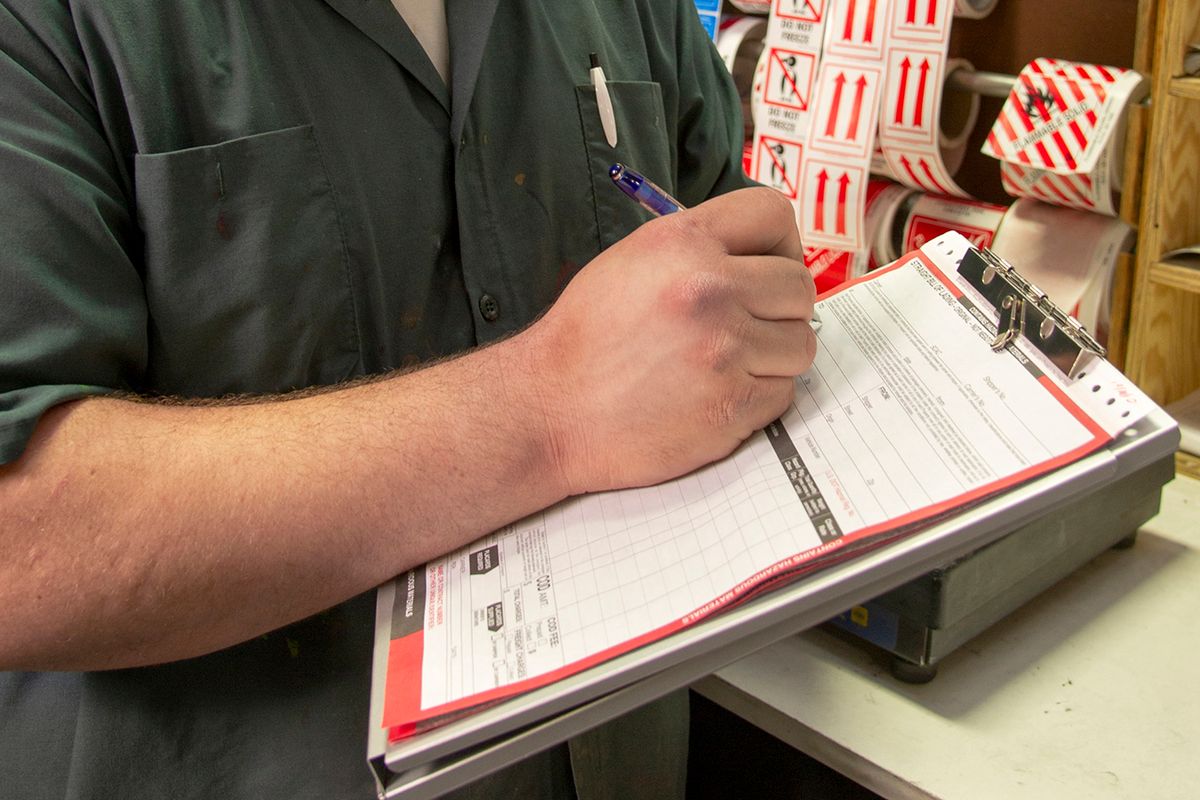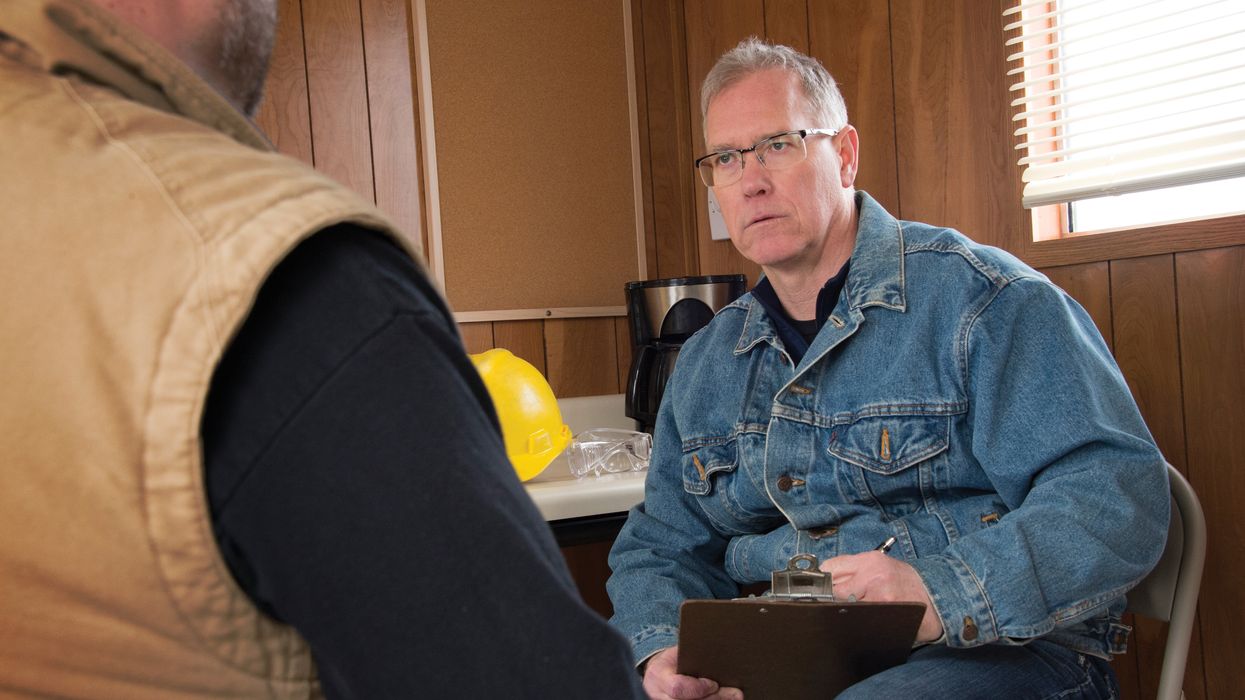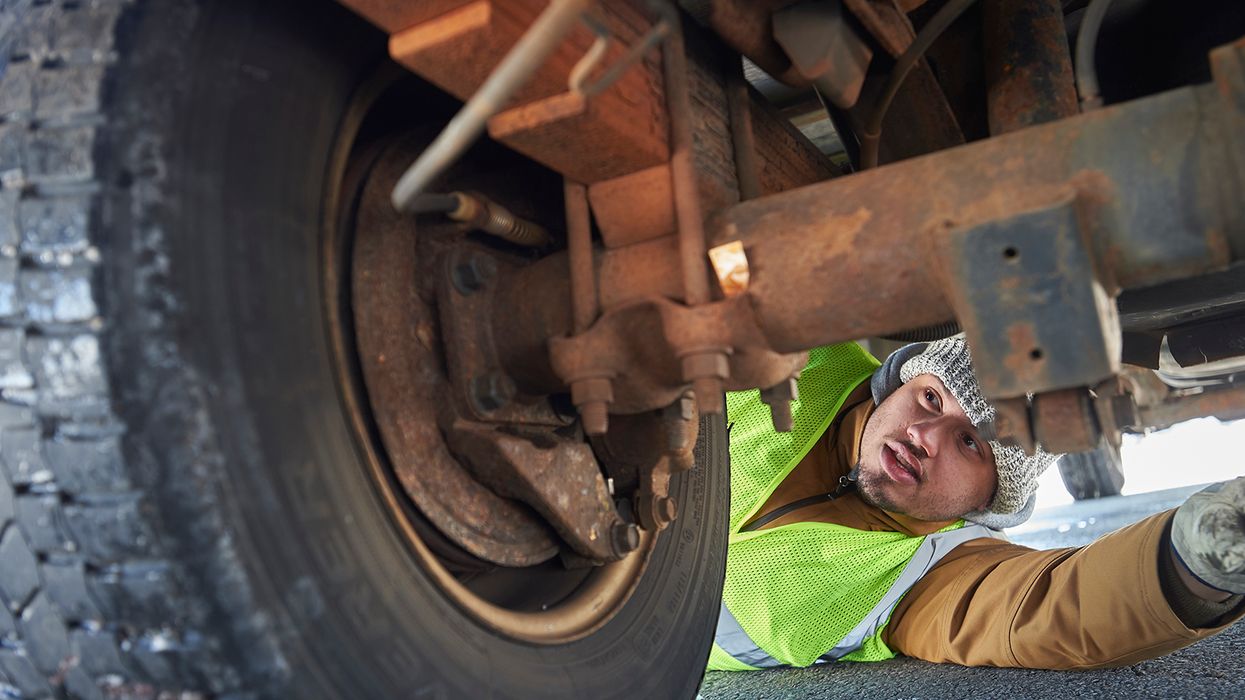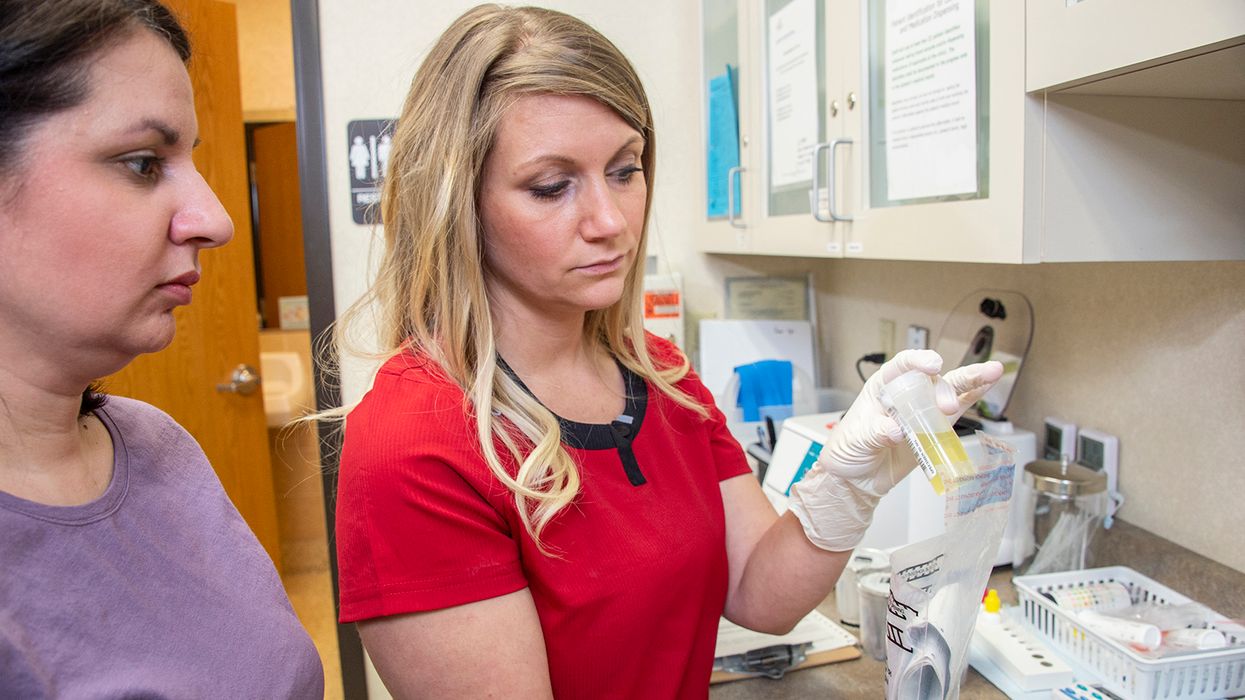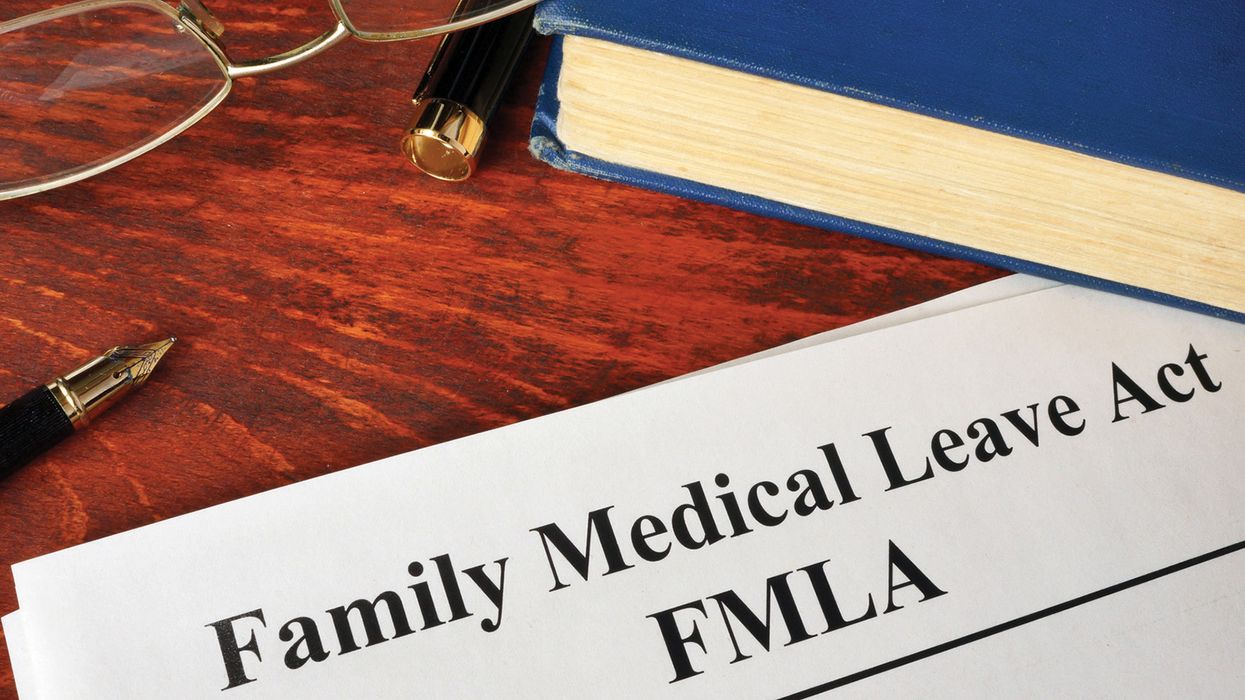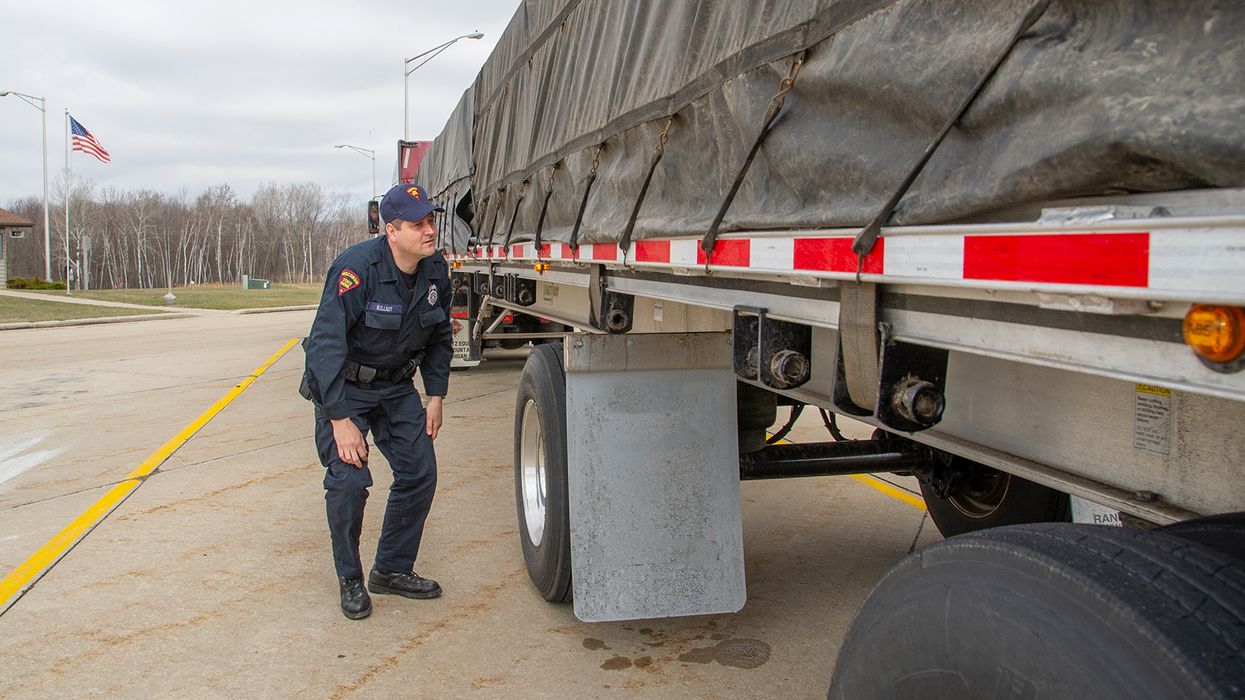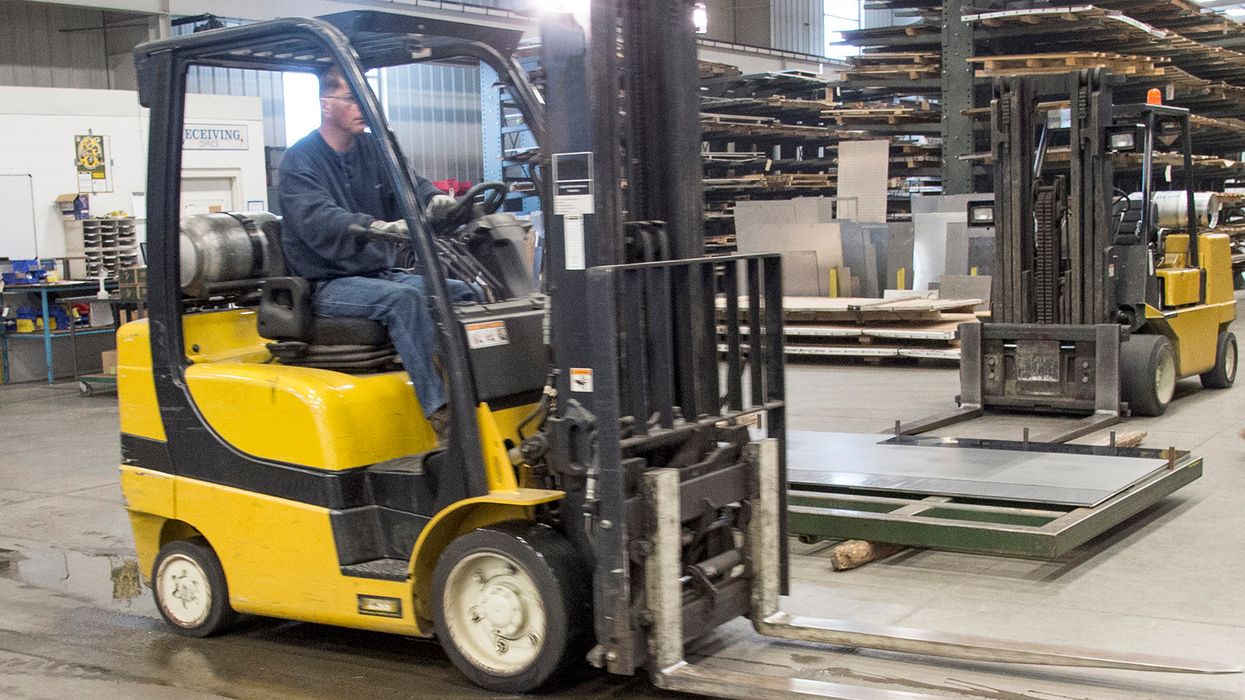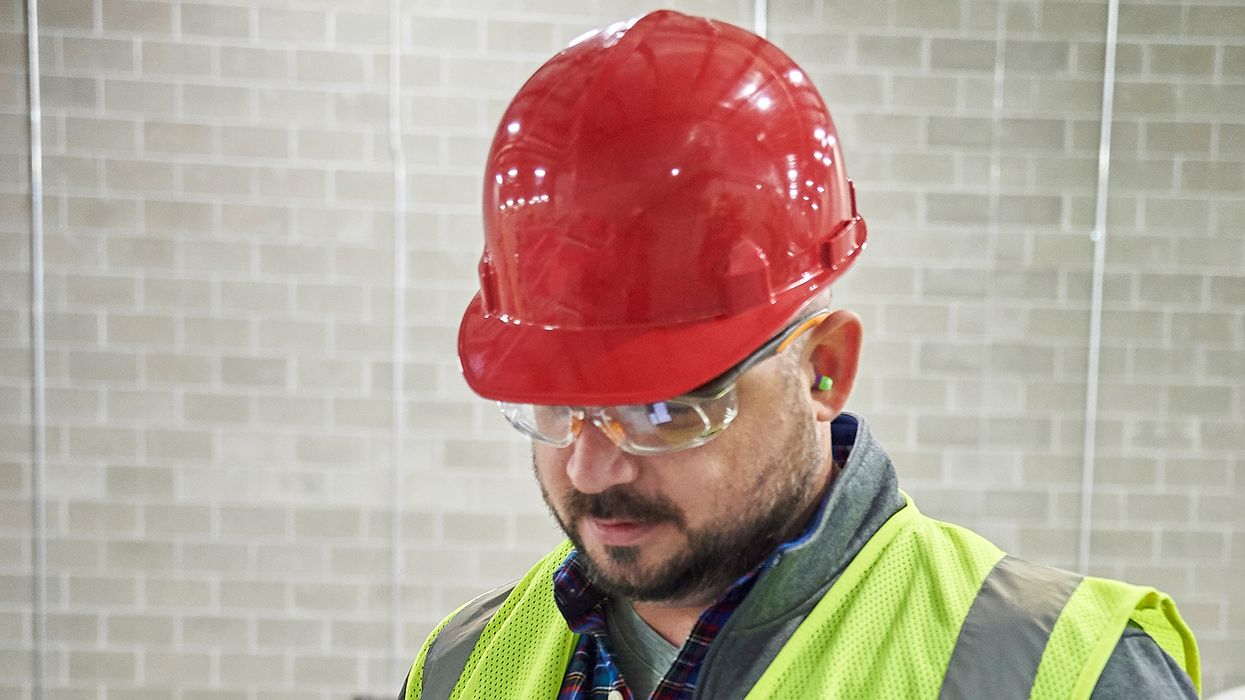All aboard for cleaner air, EPA revises locomotive emission regulations
The Environmental Protection Agency (EPA) narrowed the scope of federal preemption of state efforts to control locomotive emissions, allowing states like California to implement stricter emission standards for non-new locomotives and engines. The EPA final rule, “Locomotives and Locomotive Engines; Preemption of State and Local Regulations” is effective on December 8, 2023. It implements a policy change that does not preempt state regulations of non-new locomotives and engines. The agency retains exclusive federal authority for the regulation of new locomotives and engines. The regulatory changes still allow California (and other states) to adopt and enforce certain emission standards regulating non-new locomotives and engines if EPA has authorized the standards.
Background
Historically, the Clean Air Act prevented states from regulating the emissions of "new" locomotives or engines but allows the EPA to approve California to set its own emissions limits for non-new locomotives and engines, which other states may then adopt. For many years, EPA's rules have defined a locomotive or locomotive engine to be "new" for preemption purposes until it reaches 133 percent of its useful life following the original making. This extended period ensured consistency and certainty in environmental regulation of locomotives. The EPA's new rule, eliminates this preemption period.
Implications for California's In-Use Locomotive Regulation
The California Air Resources Board (CARB) enacted the In-Use Locomotive Regulation in April (2023) mandating the phase-out of older diesel locomotives and the adoption of zero-emission (ZE) technology. The regulation estimates a reduction of approximately 7,400 tons of particulate matter (PM), 386,300 tons of nitrogen oxides (NOX), and 21.6 million tons of greenhouse gas emissions from 2023 to 2050. It marks the first regulation in the United States to impose zero-emission requirements on locomotives. Starting January 1, 2030, only locomotives with original engine build dates 23 years old or less would be able to operate in California unless the locomotive is a ZE or ZE capable locomotive or the primary engine has not exceeded the specified MWh.
Additionally, on January 1, 2030, all switch, passenger, and industrial locomotives with an original engine build date of 2030 or newer would be required to operate in a ZE configuration when in California. Starting January 1, 2035, all line haul locomotives with an original engine build date of 2035 or newer would be required operate in a ZE configuration when in California.
EPA’s final rule “Locomotives and Locomotive Engines; Preemption of State and Local Regulations” does not directly authorize California's In-Use Locomotive Regulation. However, it removes the federal preemption that prevented California from enforcing its own emission standards for in-use locomotives. California can now move forward with implementing its In-Use Locomotive Regulation.
Despite the EPA's final rule, there are still significant legal challenges to California's enforcement of its In-Use Locomotive Regulation. Both the Association of American Railroads and American Short Line and Regional Railroad Association are challenging the CARB regulation. There are concerns that it is cost prohibitive for some short line railroads.
Another concern from the lawsuit cites that CARB lacks the legal authority to promulgate the rule. Certain provisions of the regulation, such as the Spending Account obligation and the zero-emission locomotive mandate, could still fall within the scope of Clean Air Act preemption. Additionally, other federal statutes, such as the Interstate Commerce Commission Termination Act and the Locomotive Inspection Act, may also prohibit California's regulation.
Key to remember: The EPA has finalized revisions to its regulations that preempt state and local emission regulation of locomotives and engines used in locomotives. The changed policy will allow California. This final rule is effective on December 8, 2023.





















